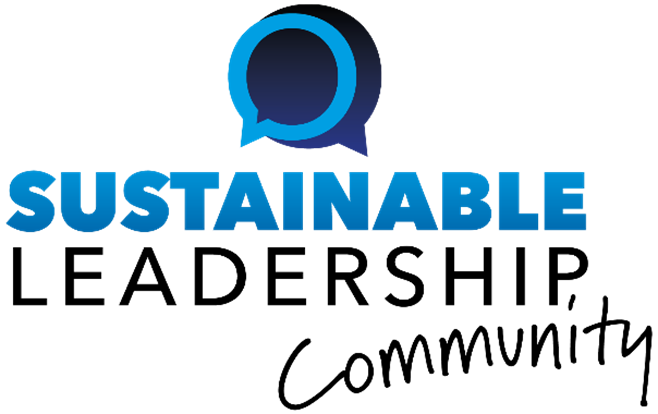KEY CONCEPT
New executives must immediately understand and evaluate a company’s culture before launching any significant change initiatives. They must ask themselves: Is this the right culture for the future? And given the current values, norms and beliefs of the company, how can I best implement change and build the foundation for sustainable success?
IDEA SUMMARY
Implementing change is never easy, but for a newly hired executive working with new people in a new culture, the challenge is even greater.
Understanding the current culture of the company is an important first step. What are the norms, values and beliefs of the company? Who are its informal leaders?
Dissecting the company’s organizational model is key. Some companies are mechanistic, in which people are viewed as cogs in a machine. ‘Legitimate’ leadership — that is, leadership based on the organizational chart — and a focus on extrinsic motivation, such as raises and bonuses, are standard features of mechanistic companies.
Other companies are organic, in which the company is considered a living, social organism, and responding to the intrinsic motivations of people — their deeply felt desires and hopes — is fundamental to its success. Leadership in organic companies is not legitimate or transactional, as in mechanistic companies, but more traditional: leaders must earn authority and respect through a consensus of their subordinates.
Finally, companies might be anthropological, in which pursuing social values is a major component of their purpose. These companies require charismatic, transformative leadership.
Assessing the company’s culture and organizational model will help new executives decide whether the culture needs changing in order to achieve their goals — and if so, how to implement that change.
In a mechanistic company, a new leader has immediate authority simply by receiving the title of CEO. Thus, reactive change — a fast, top-down, push approach to implementing change — can work within this type of company.
In organic or anthropological companies, reactive change will be met with fierce resistance. Leaders cannot mandate change. Instead, they must use ‘soft power’ by first building up their credibility with people in the organization. Showing respect to the company’s culture and values, as well as becoming close with the company’s informal leaders, will enable new leaders to build up credibility points. The new CEOs can then work on proactive change — a bottom-up strategy in which small incremental changes accumulate into a broader change of culture.
BUSINESS APPLICATION
Professor Guido Stein of IESE and IESE research assistants Alberto Ortiz and Mara Cuadrado offer in their paper Business Culture in the Incorporation of a New Executive a 10-point checklist for new executives looking to make a successful cultural ‘landing’:
- Assess the corporate culture. Gain a clear understanding of the culture. Decide if it needs to be changed and how.
- Assess the organizational model. Determine if you’re dealing with a mechanical, organic or anthropological company.
- Start with the appropriate leadership model. Align your early leadership style — legitimate, traditional or charismatic — to the organizational model. Eventually, you will develop your own unique style.
- Look for soft-power change opportunities. If there’s a certain flexibility in the culture of the company, use bottom-up soft power to start making a change.
- Apply reactive change with care. For some companies, the culture is too rigid or entrenched for soft power to have effect. Quick decisions and reactive change is needed, but make every effort to avoid a heavy-handed, scorched-earth approach whenever possible.
- Work with the informal leaders. Recruiting informal leaders to help you lead the change is key to buy-in.
- Communicate effectively. Involve the organization in the process through feedback, and don’t be afraid to make corrections in your initiatives.
- Preserve the culture. A company needs a culture — a core of values, beliefs and norms that unifies the organization. You might be making some changes, but honour the company’s history and celebrate the success of its people. Rituals, meetings or retreats are potent ways to strengthen the culture.
- Turn the culture into a competitive advantage. A culture doesn’t only unify the company; it also serves as the launching pad for the company to differentiate itself and succeed in the marketplace.
- Design the cultural project and capture it in writing. What are you trying to accomplish? Where do you want the company heading? Be specific, put it in writing and disseminate it throughout the organization to serve as a constant guide for decisions and priorities.
REFERENCES
Business Culture in the Incorporation of a New Executive. Alberto Ortiz Pizarro, Guido Stein Martinez & Marta Cuadrado. IESE Technical Note (January 2016).











